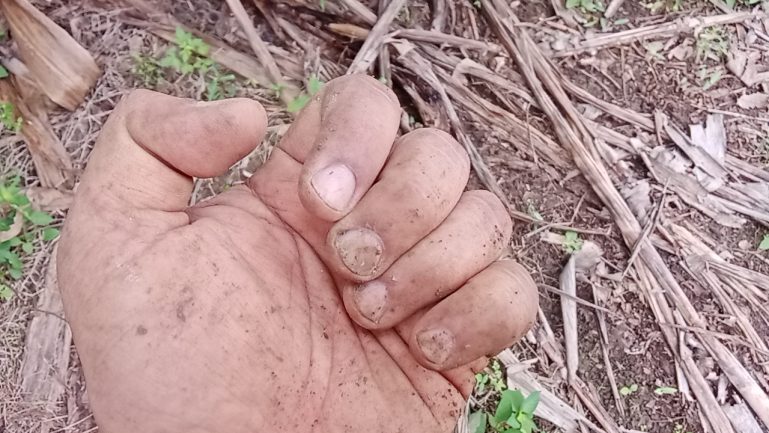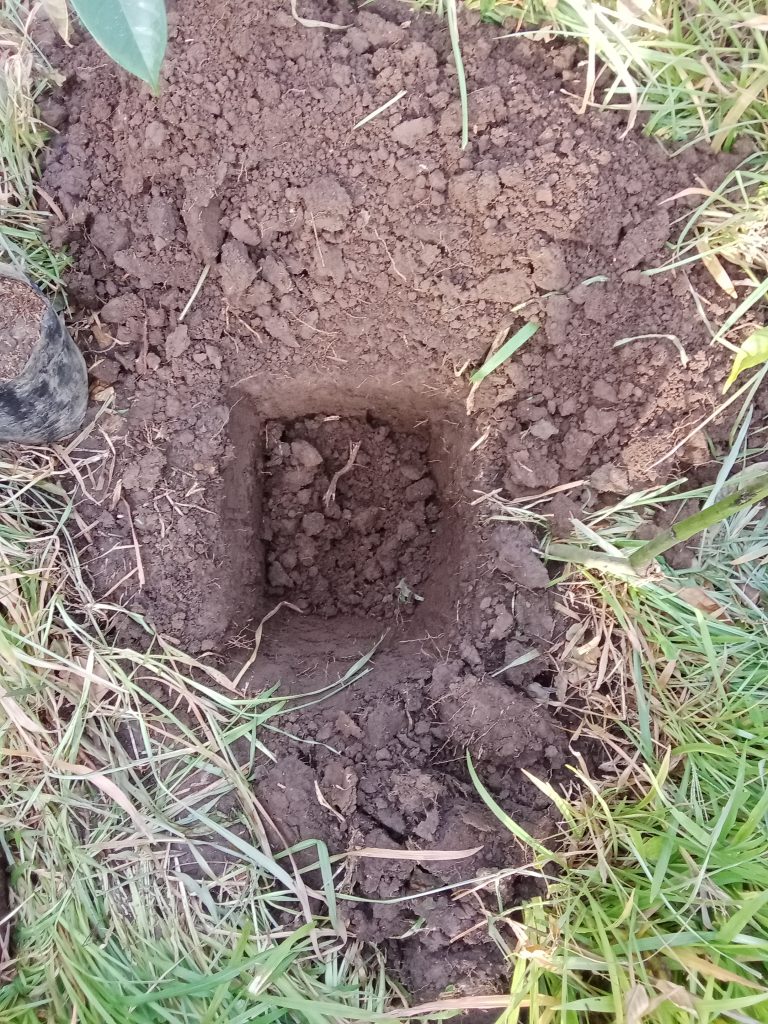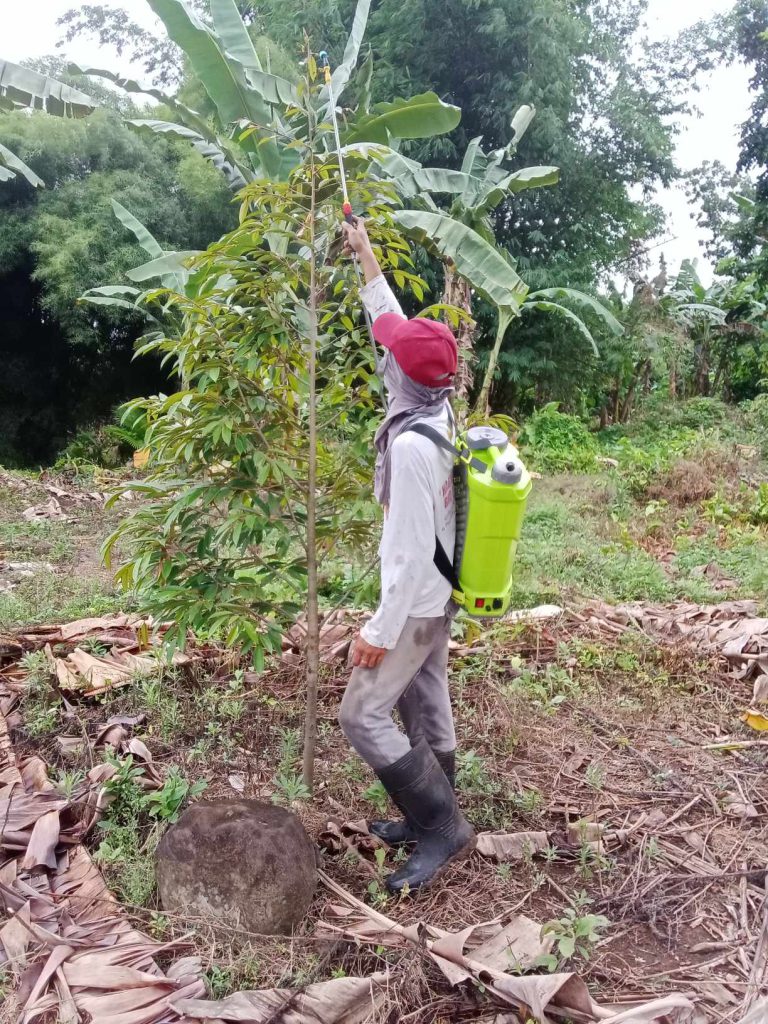
As an Amazon Associate, I earn from qualifying purchases. That means I earn commissions from my sponsored links or I make money when readers (you) purchase items through my links. Your purchase allows me to continue working as a stay-at-home dad who moonlights as a farmer and a musician. Needless to say, this post contains affiliate links.
From Struggling Writer to Thriving Freelancer: How Growing a Garden Can Change Your Life and Career
I used to write for pennies.
Literally.
A decade ago, I was hunched over a tiny Toshiba netbook in a shack that barely had space for me, let alone my dreams. My only other belongings were a mattress my aunt gave me, some clothes, and a guitar.
I survived on instant noodles and the stubborn hope that one day, my words would be worth more.
I wrote until my fingers cramped, churning out SEO articles for content mills just to keep the lights on.
Sometimes, I didn’t even have enough to eat.
Fast forward to today, and I run 5 websites
I’m now also earning a decent amount of money, and have enough to eat three square meals a day. I’m also earning enough to provide tuition for my child and provide for his basic needs.
And more importantly, I have a few pennies squirreled away in the bank.
I’m not yet raking in millions but I no longer scrape by— in a way, I am thriving.
And you know what helped me break out of extreme survival mode?
A garden.
How I Transformed an Ugly Patch of Land into a Small Garden
Outside the tiny shack that I rented was a tiny patch of land that I transformed into a garden. It was more or less an area with 12 square feet of space.
At first, because the area flooded, it was all just mud.
I was fortunate enough to have neighbors who were currently renovating, so they had some scrap material lying around. I asked for the pieces of scrap wood and used that to tamp down the mud.
When they started laying cement, I asked for the excess gravel and sand to be thrown into the area outside my shack. For two weeks, it looked like a scrap yard with pieces of wood and gravel on it.
I carefully arranged the wood and placed soil and gravel on top.
When it rained, it’d get muddy but as time went on, I had placed enough scrap wood, soil, gravel, stones, and others to elevate it to the point that it would no longer go underwater at the slight sign of rain.
My neighbor saw what I was doing, and she volunteered to give me some potted plants that were crowding her garden.
I accepted and placed it in the garden. They were a weird assortment of plants but they were tall enough to shield the shack from excess dust coming from the road. The bougainvillea was great because it grew a dense foliage.
I also added some growing vegetables that hung on the basic wire fence around the area.
When my neighbor had excess landscaping frog grass patches, I bought them for 1 peso each. I bought 200 patches and carefully placed them on top of the soil.
They eventually took root and the tiny piece of ugly land outside my shack became a lovely little garden that I could step out onto barefoot and use to reenergize myself when I felt too tired, too demotivated, or just plainly lost and feeling lonely.
That was my home for a little over half a year.
My Home, the Rathole
The place where I started my life and career.
I loved that shack and I loved that garden even though my cousin used to call it the rathole.
No, there weren’t any rats in that shack.
Why?
There just wasn’t enough space for them.
It barely took two steps for me to get from my mattress which was laid out on the floor to the toilet. If memory serves me right, that shack was somewhere around 12 x 6 feet.
Around 20 square meters of livable space.
The only redeeming quality of that shack was that it had a high ceiling and it was easy to cool.
I barely even needed to turn the fan on to keep myself cool at night. It also had big windows (one at the side of the door and the other one right above the sink) that allowed air to enter through and through.
My water and electric bill was very minimal. Laughable even. So, most of my money was spent on Internet load, food and drinking water.
That was it.
It was a simple life.
Would I go back to it?
No.
I dream of it every now and then but I would never go back to it. It served its purpose and helped me grow. Going back to it would seem like a regression.
Parallels of Growing a Garden and a Life and Career in SEO and Copywriting
Growing a garden and growing a career aren’t that different.
Both require patience, strategy, and the right environment to flourish. Just like tending to seedlings, building a sustainable income—whether through freelancing, a website, or any business—demands consistency, learning, and the willingness to adapt.
SEO, in particular, mirrors gardening in so many ways: you plant (create content), nurture (optimize), and wait (for traffic to grow).
That’s basically how I see everything these days.
I’m always playing the long game.
If you’re feeling stuck in your career or life, stepping into the soil might be the breakthrough you need.
That’s what helped me.
It grounded me.
It made me look at life from a different perspective.
No matter how much I hated who I was working for (article mills), I loved what I was doing and I believed in its potential as a career.
Through the years, I’ve learned that growing a garden can keep you motivated as a person and as a freelancer—and how it can teach you the patience, resilience, and strategy to grow a thriving career.
Why Growing a Garden Helps You Stay Motivated in Life and Work
1. Gardening Teaches Patience (Just Like Building a Career or Website)
In gardening, you don’t plant a seed today and get a tree tomorrow. Growth takes time. When I started freelancing, I expected instant success. Instead, I faced rejection, low pay, and self-doubt. But like a stubborn gardener waiting for sprouts, I kept going.
SEO works the same way. You publish a blog today, but Google won’t reward it overnight. It takes nurturing, adjustments, and time before you see real traffic. Just like a garden, a website or career grows in seasons, not seconds.
2. It Instills Discipline and Consistency
A garden doesn’t grow if you water it whenever you feel like it. You need a system. The same applies to freelancing. If you only work when you’re inspired, you’ll struggle. Success comes from daily effort—writing, learning, networking, improving skills.
This also applies to SEO. Keyword research, link building, and content updates require steady effort. The people who succeed online aren’t necessarily the most talented; they’re the ones who keep showing up.
3. It Proves That Small Actions Lead to Big Results
You don’t have to start with a massive garden. One pot, one plant, one seed is enough. Over time, with care, that small effort turns into something beautiful and abundant.

When I was struggling, I started with small writing gigs.
Then, I built my own website, optimized it, and used SEO to attract better clients. What started as one small action led to a thriving career. Whether it’s freelancing, blogging, or SEO, small, consistent actions compound into huge success.

4. It Connects You to Something Bigger Than Stress and Deadlines
Freelancing and entrepreneurship can be exhausting. Constant deadlines, client demands, and the pressure to earn can drain you. A garden gives you a reason to step away from the screen, breathe fresh air, and engage in something purely for the joy of it.
Being in nature also reduces stress and boosts creativity. Many successful entrepreneurs swear by gardening or similar outdoor activities to keep their minds sharp and their energy high.
5. It Helps You Overcome Failure and Adapt
Not every plant survives. Some wither despite your best efforts. But does a gardener quit? No. They adjust—change the soil, water differently, or plant something new.
Freelancing, SEO, and business all work the same way. You’ll fail. An article won’t rank. A client will ghost you. A strategy won’t work. But failure isn’t the end—it’s feedback. Adapt, tweak, and keep growing.
Start Your Garden (and Grow Your Motivation) Today
Alright, I’ve talked about career too much in this article. Now let’s go talk about a literal garden and how to grow one.
And contrary to popular belief, you don’t need a huge space or green thumb to start. Here’s a simple, step-by-step guide to building a beginner’s garden that will boost your motivation and discipline:
Step 1: Pick Your Plant
Choose something low-maintenance, like basil, mint, or succulents. These thrive in small spaces and require minimal care. Pick one that is highly likely to survive and won’t cost you any money.
To be honest, the first thing I really grew in my small garden was the frog grass and they required almost zero maintenance. That’s what gave me the confidence to add more plants.
Step 2: Get a Pot and Soil
Find a small pot (or repurpose an old container). Use quality soil to give your plant the best start.
*Shameless plug: I’m currently selling garden soil and vermiculture if you’re interested.” – send me an email at chestercanonigo@gmail.com if you want to order some.
Step 3: Set a Daily Routine
Commit to watering and checking your plant at the same time each day. Let this be your reminder that growth—whether personal, financial, or professional—happens with consistent effort.
It works better if you have a journal or have an alarm set up on your phone to remind you of the things you have to do.
Step 4: Observe and Adjust
Pay attention. If the leaves turn yellow, adjust your watering. If it isn’t growing, move it to better sunlight. Apply this mindset to your work and career, too—observe, adjust, and improve.
You won’t be good at it at first but in time, it’ll get easier to spot things.
Step 5: Expand Gradually
Once you’ve successfully kept one plant alive, try adding another. Just like scaling a website or a business, you grow when you’re ready.
Just make sure that you keep on growing and focus all of your energy on positivity and progress.
Final Thoughts: Your Garden, Your Career, Your Life
The same principles that make a garden thrive—patience, consistency, adaptation—also make a career flourish. I went from starving in a shack to a better career and having the time to work on my personal projects by applying these lessons.
If you’re stuck in life or work, start by growing something.
A plant.
A website.
A dream.
Water it daily, give it time, and watch how it transforms—not just your space, but your mindset, your discipline, and ultimately, your future.
So, what will you plant today?
Any thoughts and/or comments? Send me an email today.

